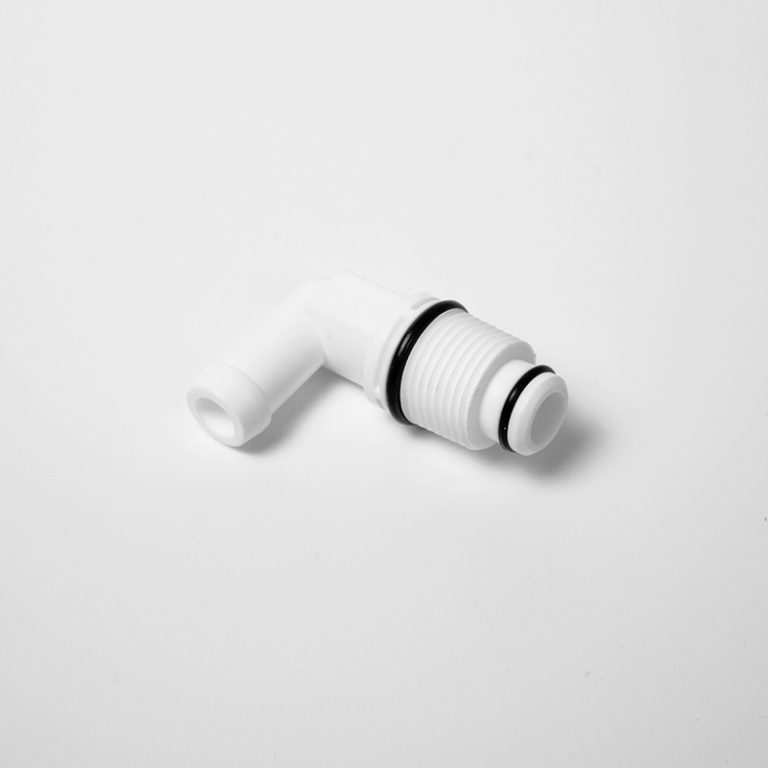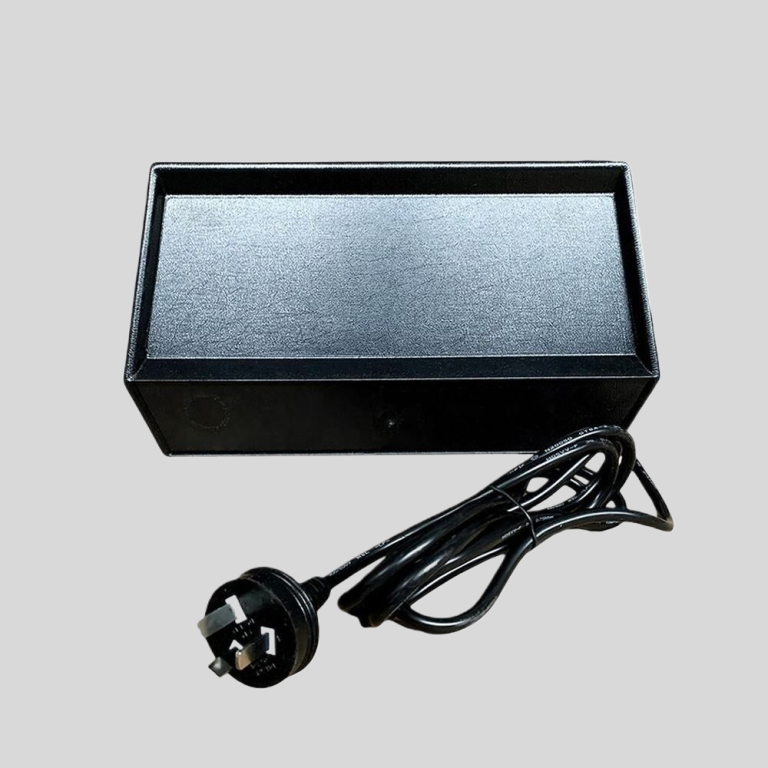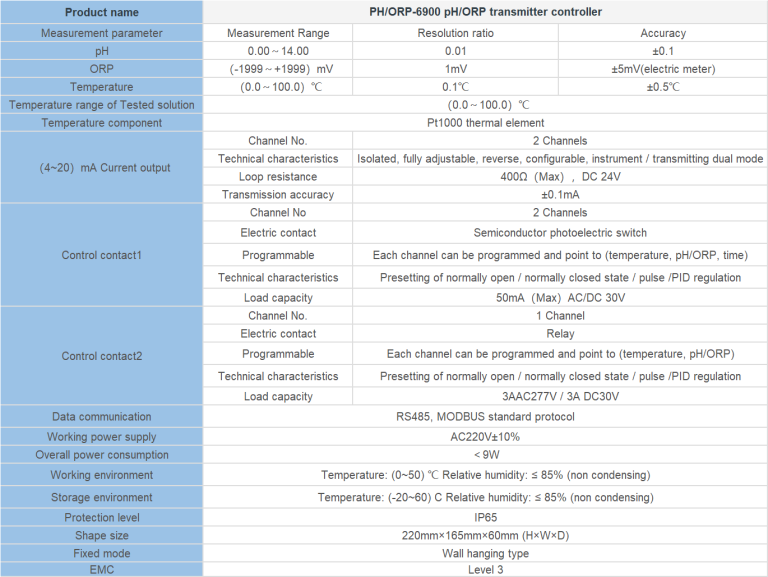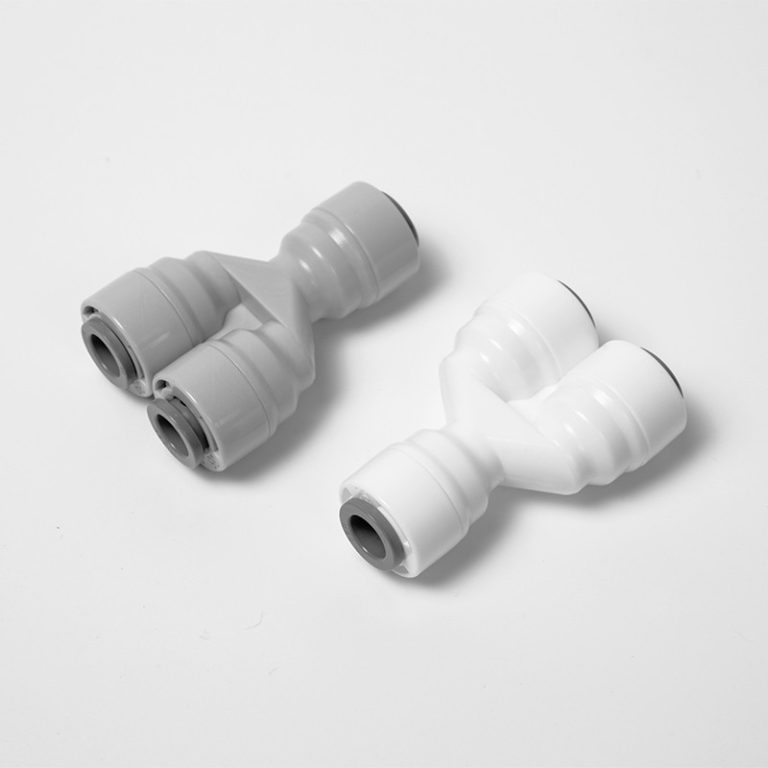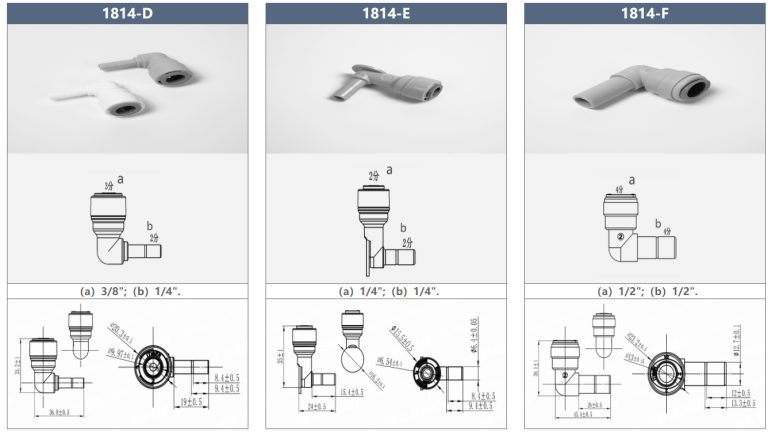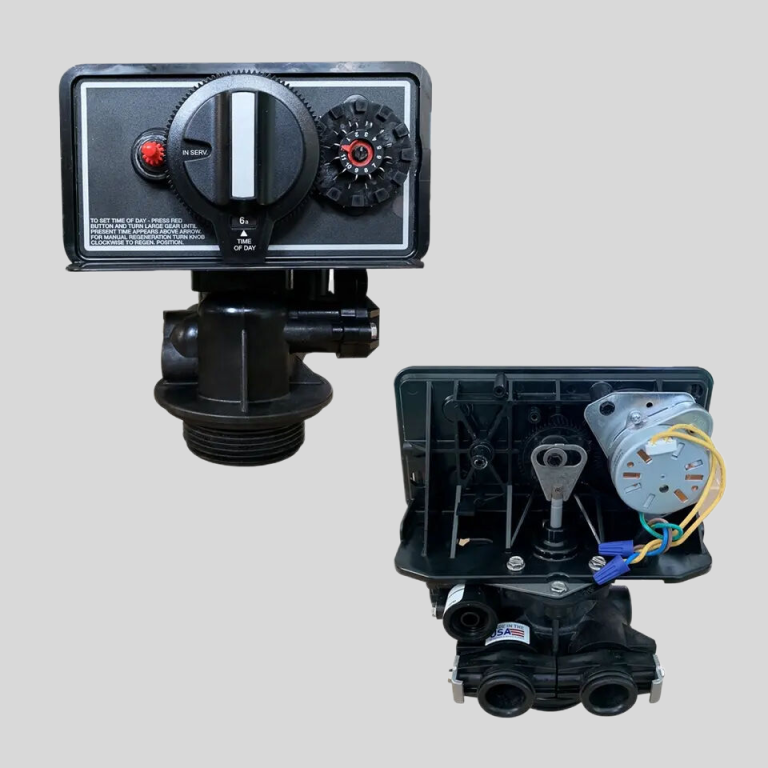“Unlocking the Power of Clean: Discover the Source of Free Chlorine”
The Origin of Free Chlorine in Water Treatment Processes
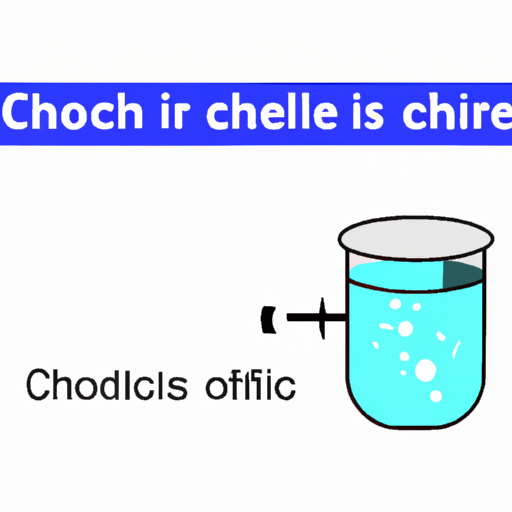
The Origin of Free Chlorine in Water Treatment Processes
Water is an essential resource for all living organisms, and ensuring its safety for consumption is of utmost importance. One of the most common methods used to treat water is the addition of chlorine, which helps to eliminate harmful bacteria and viruses. But where does this free chlorine come from? In this article, we will explore the origin of free chlorine in water treatment processes.
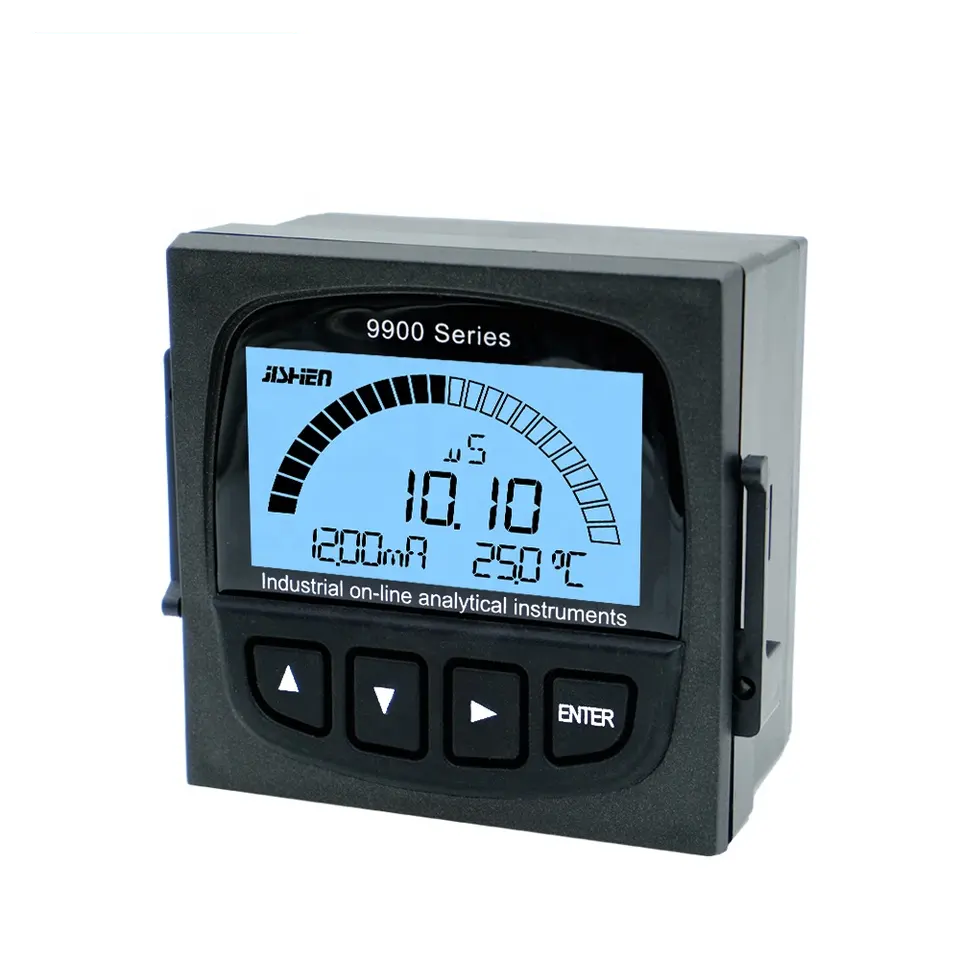
Free chlorine is a chemical compound that is widely used as a disinfectant in water treatment plants. It is a powerful oxidizing agent that can effectively kill bacteria, viruses, and other microorganisms that may be present in water. The most common form of free chlorine used in water treatment is chlorine gas (Cl2). This gas is produced by the electrolysis of saltwater or by the reaction of hydrochloric acid with manganese dioxide.
The process of electrolysis involves passing an electric current through a solution of saltwater, which contains sodium chloride (NaCl). This causes the chloride ions (Cl-) to be oxidized, resulting in the formation of chlorine gas. The chlorine gas is then collected and used in water treatment processes. This method is widely used due to its efficiency and cost-effectiveness.
| Measurement range | N,N-Diethyl-1,4-phenylenediamine (DPD) spectrophotometry | |||
| Model | CLA-7112 | CLA-7212 | CLA-7113 | CLA-7213 |
| Inlet channel | Single channel | Double channel | Single channel | Double channel |
| Measurement range | Free chlorine:(0.0-2.0)mg/L ,Calculated as Cl2; | Free chlorine:(0.5-10.0)mg/L ,Calculated as Cl2; | ||
| pH:(0-14);Temperature:(0-100)℃ | ||||
| Accuracy | Free chlorine:±10% or ±0.05mg/L(take the large value),Calculated as Cl2; | Free chlorine:±10% or±0.25mg/L(take the large value),Calculated as Cl2; | ||
| pH:±0.1pH;Temperature:±0.5℃ | ||||
| Measurement Period | ≤2.5min | |||
| Sampling interval | The interval (1~999) min can be set arbitrarily | |||
| Maintenance cycle | Recommended once a month (see maintenance chapter) | |||
| Environmental requirements | A ventilated and dry room without strong vibration;Recommended room temperature:(15~28)℃;Relative humidity:≤85%(No condensation) | |||
| Water sample flow | (200-400) mL/min | |||
| Inlet pressure | (0.1-0.3) bar | |||
| Inlet water temperature range | (0-40)℃ | |||
| Power supply | AC (100-240)V; 50/60Hz | |||
| Power | 120W | |||
| Power connection | The 3-core power cord with plug is connected to the mains socket with ground wire | |||
| Data output | RS232/RS485/(4~20)mA | |||
| Size | H*W*D:(800*400*200)mm | |||
Another method of producing free chlorine is by the reaction of hydrochloric acid (HCl) with manganese dioxide (MnO2). This reaction produces chlorine gas, water, and manganese chloride. The chlorine gas is then collected and used for disinfection purposes. This method is commonly used in smaller water treatment plants or in situations where the electrolysis process is not feasible.
Once the chlorine gas is produced, it is then added to the water in a controlled manner. This is typically done by injecting the chlorine gas into the water supply at a specific point in the treatment process. The amount of chlorine added is carefully regulated to ensure that it is present in sufficient quantities to effectively disinfect the water, but not in excess, as high levels of chlorine can be harmful to human health.
Once the chlorine is added to the water, it undergoes a series of chemical reactions. The chlorine gas reacts with water to form hypochlorous acid (HOCl) and hydrochloric acid (HCl). These compounds are collectively referred to as free chlorine. Free chlorine is highly reactive and can effectively kill bacteria and viruses by disrupting their cell membranes and DNA.
It is important to note that free chlorine is not the only form of chlorine present in water treatment processes. Combined chlorine, also known as chloramines, can also be present. Chloramines are formed when free chlorine reacts with ammonia or organic nitrogen compounds that may be present in the water. While free chlorine is more effective at disinfection, chloramines are more stable and provide longer-lasting protection against microbial growth.
In conclusion, free chlorine is a vital component of water treatment processes. It is produced through the electrolysis of saltwater or by the reaction of hydrochloric acid with manganese dioxide. Once produced, it is carefully added to the water supply to effectively kill bacteria and viruses. Understanding the origin and role of free chlorine in water treatment is crucial for ensuring the safety and quality of our drinking water.

